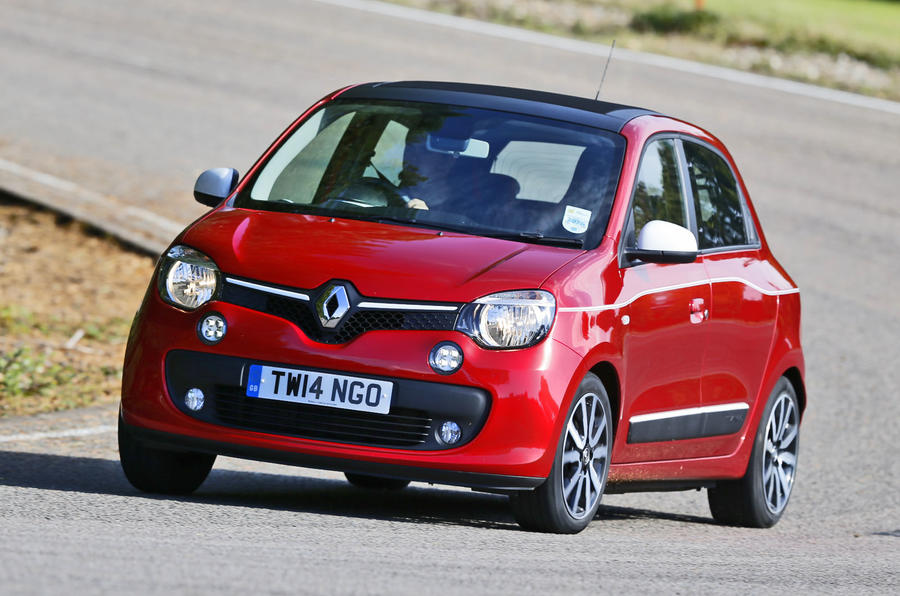Understeer, the experts will tell you, is the tendency for a car’s front wheels to slip outwards under increasing cornering loads.
The 'slip angle' of the front tyres increases as you go faster and faster, until the tyre breaks away entirely unless it’s tamed by an ESP system.
It’s a common condition, widely demonstrable in today’s front-drive cars, whose front wheels are well laden, even in a static condition, by the mass of an engine above.
Increase that load with energetic cornering and you fairly readily reach a point where the tyre won’t go precisely where it’s pointed. Let’s call this laden understeer.
But there's also a wholly rarer form of understeer, so hard to find today that I confess I’d all but forgotten about its existence until the new Renault Twingo came along. It’s unladen understeer – a common condition once upon a time in old-timers such as the rear-engined VW Beetle, Renault R8 and R10 (which would often abruptly change to oversteer and send you backwards through the hedge) and mid-engined models such as the Lancia Montecarlo and Fiat X1/9.
Last time it came to notice, I think, was in early examples of the Smart Roadster and the Lotus Elise.
This condition doesn’t result from the front tyres being overloaded by mass, but from the very reverse of this. The hoops are so lightly laden (car makers used to find it hard to specify tyres small enough in section) that they can find it hard to accept abrupt inputs of lock and steer the car as expected. You simply learn to steer a little more smoothly as a result.
In the case of the Renault Twingo, the condition is a mild curiosity, rather than a problem. The car is endemically very stable, and in any case it has a well honed chassis stability system that recognises the driver’s intentions and uses individually braked wheels to deliver them so exactly that for many, the location of the engine mass won’t even be apparent.
The Twingo’s behaviour at the limit is nothing like that of its treacherous ancestors and (as our recent road test made clear), if anything, the chassis stability system is a shade too timid and intrusive.










Join the debate
Add your comment
I seem to recall...
Sounds just like a Hillman Imp
Reading most of the road tests, I think Renault has proved just how difficult it is to make a rear-engined car as good as today's front engined fwd machines, which have had been well honed for half a century. By contrast the development of the rear engined small car ceased with the Skoda Estelle and wasn't resumed until the Smart appeared.
I suspect that VW had a close escape when it realised the struggle it faced with the original Up concept. But well done Renault for giving it a go!
pretty interesting. I guess